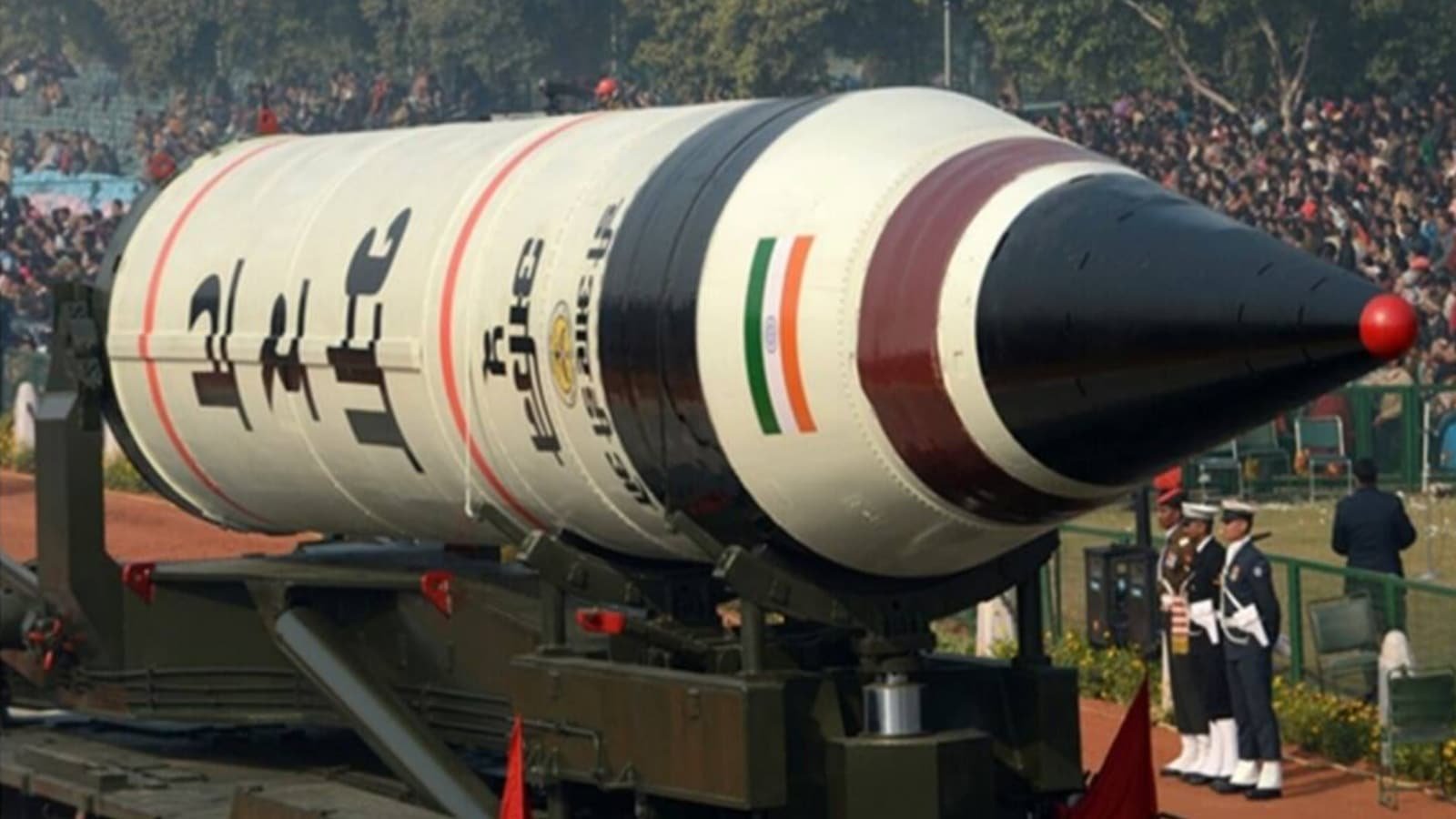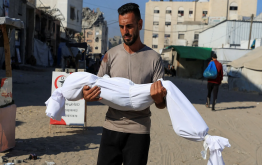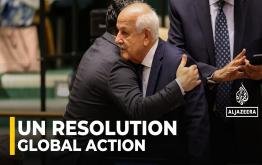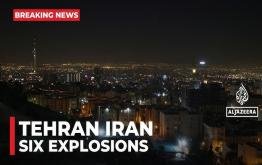
What are India and Pakistan’s military and nuclear capabilities?
What are India and Pakistan’s military and nuclear capabilities?
India carried out its first nuclear test in May 1974, and in May 1998, conducted another five tests, declaring itself a nuclear weapons state.
Pakistan carried out its first nuclear tests shortly after India’s in 1998, officially becoming a nuclear weapons state.
Since then, the two nations have been engaged in an arms race that has cost them billions of dollars.
According to the International Campaign to Abolish Nuclear Weapons (ICANW), a global coalition to ban nuclear weapons, in 2023, countries spent an estimated $91.4bn on nuclear weapons, with India spending $2.7bn and Pakistan $1bn.
According to the Center for Strategic and International Studies’ (CSIS) Missile Defence Project, New Delhi nuclear deterrents are mainly aimed at rivals Pakistan and China. India has developed longer range missiles and mobile land-based missiles. In conjunction with Russia, it is in the developing stages for ship and submarine missiles.
The CSIS also states that Pakistan’s arsenal consists primarily of mobile short- and medium-range ballistic missiles, which have enough of a range to target India. China’s significant technical assistance on its nuclear and missile programmes has helped Pakistan in recent years.
According to Global Firepower’s 2025 military strength rankings, India is the fourth-strongest military power in the world, and Pakistan is ranked as the 12th strongest.
India is the fifth-largest spender in the world on military. In 2024, it spent $86bn on its military, or 2.3 percent of its gross domestic product (GDP), according to the Stockholm International Peace Research Institute (SIPRI), a leading defence and armaments think tank.
In comparison, Pakistan spent $10.2bn, or 2.7 percent of its GDP, on the military in 2024.
India’s total military strength is 5,137,550 personnel, which is almost three times larger than Pakistan’s 1,704,000.
India possesses 2,229 military aircraft, compared with Pakistan’s 1,399.
While India has 3,151 combat tanks, compared with Pakistan’s 1,839.
Pakistan’s navy covers its 1,046 kilometre-long (650-mile) southern coastal borders in the Arabian Sea and possesses 121 naval assets, while India’s mainland coast covers nearly 6,100km (3,800 miles) with 293 naval assets.
Who supplies arms to India and Pakistan?
According to SIPRI, the cross-border tensions between the two nations fuel arms imports by both countries.
India was the second-largest arms importer from 2020-2024, after Ukraine, bearing an 8.3 percent share of global imports. The majority of India’s imports come from Russia, although it has been shifting its arms sourcing to France, Israel and the United States.
Across the border, Pakistan’s arms and weapons imports increased by 61 percent between 2015–19 and 2020–24 as it started to receive deliveries, including combat aircraft and warships. On a global scale, Pakistan is the fifth-largest arms importer with 4.6 percent imports in 2020–24.
Since 1990, Pakistan’s main supplier has been China. China supplied 81 percent of Pakistan’s arms imports in 2020–24; Russia supplied 36 percent of India’s arms during the same period.

















